- Joined
- May 14, 2014
- Messages
- 343
- Reaction score
- 458
- Golden Thread
- 0
- Primary Interest:
- All Treasure Hunting
Or the guy is total BS! Have him try to fool me with his technology.
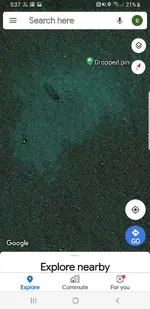
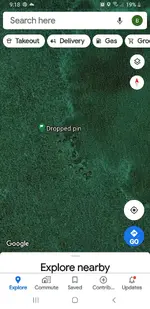
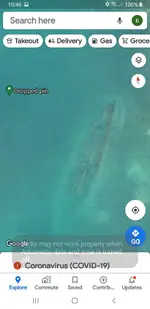
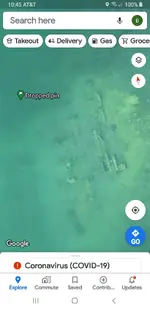
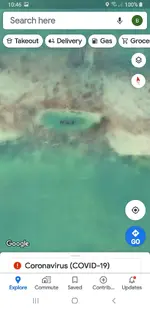
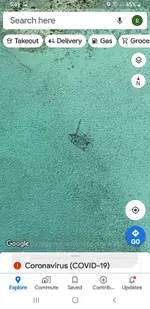

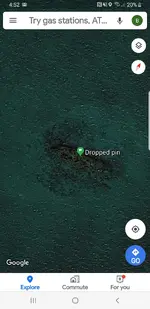
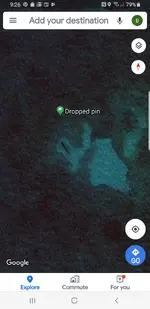
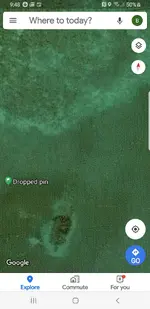
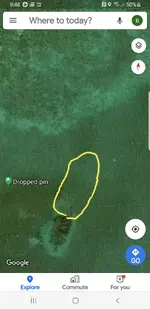
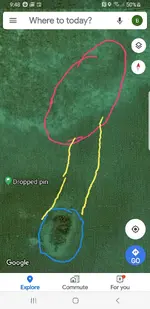

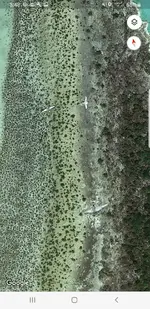 ....alright...alright I'll stop ! I got my own satellite guy.....me ! Plenty of stuff to go check and look at !! I stopped for a couple years because of the permit shenanigans with the state. But I'm back and going to film all my wreck finds....thinking of a snorkeling youtube video series on easy wrecks to reach for snorkeling. The one with the highlights I've been looking at.....its pretty cool. Mid to late 1800s large hogshead barrels have rotted and left the cargo solidified into barrel shaped conglomerates !! Lots of glass ballast and some wood.....Irma really peeled back some layers as this particular wreck was not showing before irma.....I know because I looked several times for it before the hurricane.....there it was in plain sight after the storm !! It's a simple process......find it on sat....mark it.....drive to it and check......in ten minutes it's a yes or no. I also use the sat to check bottom conditions at my known beach spots....if the sand has shifted I go hunt.
....alright...alright I'll stop ! I got my own satellite guy.....me ! Plenty of stuff to go check and look at !! I stopped for a couple years because of the permit shenanigans with the state. But I'm back and going to film all my wreck finds....thinking of a snorkeling youtube video series on easy wrecks to reach for snorkeling. The one with the highlights I've been looking at.....its pretty cool. Mid to late 1800s large hogshead barrels have rotted and left the cargo solidified into barrel shaped conglomerates !! Lots of glass ballast and some wood.....Irma really peeled back some layers as this particular wreck was not showing before irma.....I know because I looked several times for it before the hurricane.....there it was in plain sight after the storm !! It's a simple process......find it on sat....mark it.....drive to it and check......in ten minutes it's a yes or no. I also use the sat to check bottom conditions at my known beach spots....if the sand has shifted I go hunt.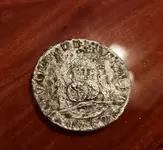 so far careful observation of the ultra shallow spots on the flat has paid off this spring !! What I'm saying is I have plenty good luck finding stuff from the sats it's been pretty quick and easy to do and a heck of a lot of fun for me and a few other t-net guys to explore !!
so far careful observation of the ultra shallow spots on the flat has paid off this spring !! What I'm saying is I have plenty good luck finding stuff from the sats it's been pretty quick and easy to do and a heck of a lot of fun for me and a few other t-net guys to explore !!There is a lot of input a scientist can give you, from my very limited understanding of it, quartz rock and veins will show up as white with these settings.Good work as usual Red Desert! Gold prospecting has come a long way, your method would only show gold as white dots if the gold was on the surface, correct?
Jason
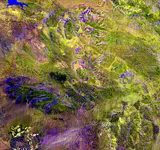
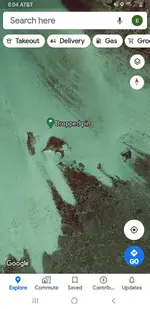
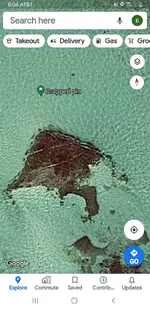 is it a wreck ?? Is it modern rubble ?? Is it lobster habitat ?? Who knows but after years of looking the red circled area looks alot like what I've learned is ballast.
is it a wreck ?? Is it modern rubble ?? Is it lobster habitat ?? Who knows but after years of looking the red circled area looks alot like what I've learned is ballast. 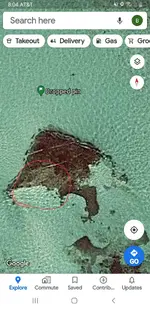 One thing is certain.....well soon know exactly what it is. Someone may go and check it today...because there excited to go look....or I'll go and look this weekend. I have more fun doing these missions and have been quite successful at finding wrecks of all ages and types. Even when they dont pan out as wrecks they usually are something that holds fish or lobster or both. I'll be driving around with another t-netter on sunday checking some of these anomalies !! Wooo hooo. Man it's a lot of fun !! Water is off the chain beautiful right now too !!
One thing is certain.....well soon know exactly what it is. Someone may go and check it today...because there excited to go look....or I'll go and look this weekend. I have more fun doing these missions and have been quite successful at finding wrecks of all ages and types. Even when they dont pan out as wrecks they usually are something that holds fish or lobster or both. I'll be driving around with another t-netter on sunday checking some of these anomalies !! Wooo hooo. Man it's a lot of fun !! Water is off the chain beautiful right now too !!
I looked at that area in Google Earth. I saw a lot of holes and caves with steep cliff sides. The spot is just on the edge of alteration zone. The quartz vein forming zone has 4 ends which oddly enough form the 4 cardinal points of the compass. The black spot is between the west and south ends.Red Desert what is that black spot left of center? Is it a lake?
